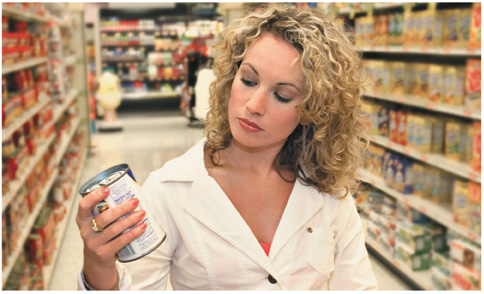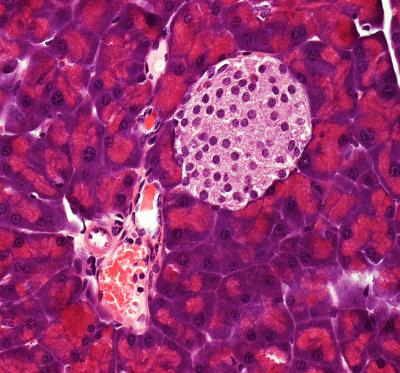
Food additives have been used for centuries to enhance the appearance and flavor of food and prolong shelf life. But do these food additives really “add” any value to your food?
Food additives find their way into our foods to help ease processing, packaging and storage. But how do we know what food additives is in that box of macaroni and cheese and why does it have such a long shelf life?
A typical American household spends about 90 percent of their food budget on processed foods, and are in doing so exposed to a plethora of artificial food additives, many of which can cause dire consequences to your health.
Some food additives are worse than others. Here's a list of the top food additives to avoid:
1. Artificial SweetenersAspartame, (E951) more popularly known as Nutrasweet and Equal, is found in foods labeled "diet" or "sugar free". Aspartame is believed to be carcinogenic and accounts for more reports of adverse reactions than all other foods and food additives combined. It produces neurotoxic effects such as dizziness, headaches, mental confusion, migraines, and seizures. Avoid if you suffer from asthma, rhinitis (including hayfever), or urticaria (hives).Acesulfame-K, a relatively new artificial sweetener found in baking goods, gum and gelatin, has not been thoroughly tested and has been linked to kidney tumors.
Found in: diet or sugar free sodas, diet coke, coke zero, jello (and over gelatins), desserts, sugar free gum, drink mixes, baking goods, table top sweeteners, cereal, breathmints, pudding, kool-aid, ice tea, chewable vitamins, toothpaste


Comment: For more information about the current Humble situation, see this Sott article:
MMS: Miracle Mineral Solution or Trojan Horse? Your Body and DNA Decide